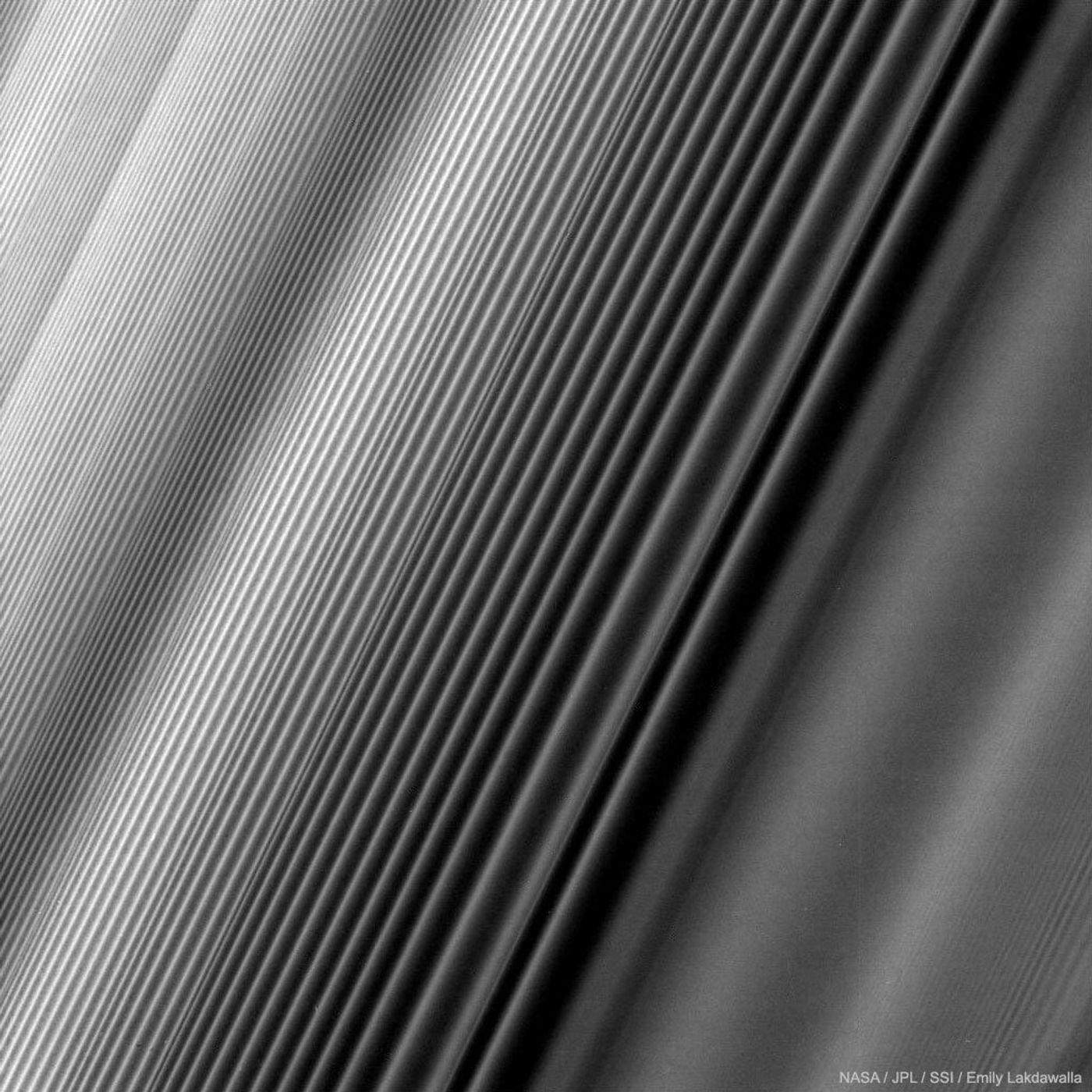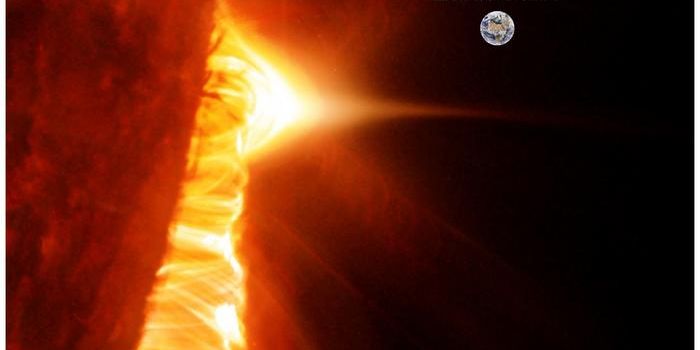Astronomers Use Saturn's Rings to Precisely Calculate the Planet's Rate of Rotation
NASA’s Cassini spacecraft executed a suicidal death plunge into Saturn’s atmosphere in 2017, but years’ worth of scientific data amassed by the spacecraft’s onboard instruments throughout its venerable mission continues to fuel Saturn-centric discoveries to this very day.
One of the latest success stories comes by way of a team of researchers from the University of California - Santa Cruz. After painstakingly scrutinizing planetary ring data that had been collected by the Cassini spacecraft just before the mission ended, the team claims to have calculated the most accurate rate of rotation for Saturn to date.
Image Credit: NASA/JPL/SSI/Emily Lakdawalla
Citing their findings, published just last week in the Astrophysical Journal, a full day on Saturn lasts about 10 hours, 33 minutes, and 38 seconds. The researchers calculated this figure after discerning eccentric wave patterns in Saturn’s planetary rings that were allegedly generated by internal oscillations from the planet itself.
To sum things up a bit, Saturn’s planetary rings are extraordinarily sensitive to vibrations generated by processes transpiring beneath the planet’s surface. Much like a domino effect, these internal mechanisms influence Saturn’s gravitational field.
As the researchers explain, Saturn’s rings behave much like a giant, planet-orbiting seismograph that records oscillations as the planet rotates. Any spacecraft equipped with the correct equipment can analyze these imperfections during routine observations, and that’s precisely what Cassini did before NASA concluded the mission.
"Particles in the rings feel this oscillation in the gravitational field. At places where this oscillation resonates with ring orbits, energy builds up and gets carried away as a wave," elucidated UC Santa Cruz researcher Christopher Mankovich, the lead author of the study.
Related: Some of the ripples in Saturn's rings are created by the gravity of a passing moon
Saturn is a gassy planet, which made discerning its rotation particularly challenging for many years. Unlike rocky Earth-like planets, we can’t observe Saturn’s physical surface features to determine how long it takes the planet to rotate; instead, another method is required.
After the researchers realized how frequently Saturn’s oscillations were occurring in the planet’s C-ring, it gave them a tangible figure to use in computer models and discern Saturn’s rotation more accurately than ever before. What’s more is that the newly-estimated rate of rotation is said to be “several minutes” faster than initially thought.
"We now have the length of Saturn's day, when we thought we wouldn't be able to find it," added Linda Spilker, the project scientist of the Cassini mission. "They used the rings to peer into Saturn's interior, and out popped this long-sought, fundamental quality of the planet. And it's a really solid result. The rings held the answer."
Related: Saturn's rings won't be around forever, NASA says
Using Saturn’s rings to determine the planet’s rate of rotation isn’t a new concept by any stretch, but Cassini was the first spacecraft to provide detailed images of Saturn’s rings, making it conceivable to do so.
Being that this is the most accurate representation of Saturn’s rate of rotation to date, it should be interesting to see how long it will stand before some other astronomer claims an even more accurate result. Only time will tell, however.
Source: University of California – Santa Cruz, The Astrophysical Journal









